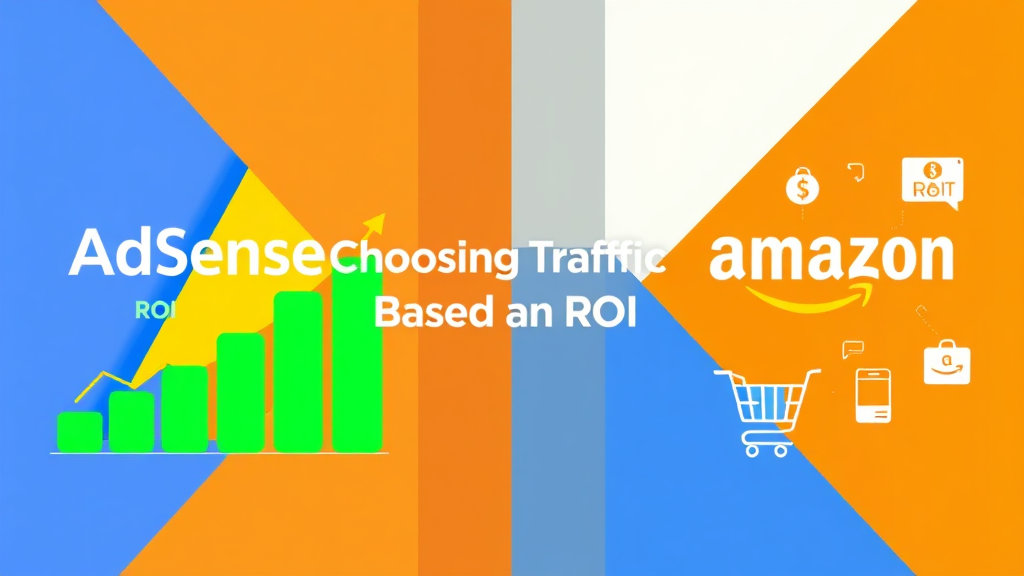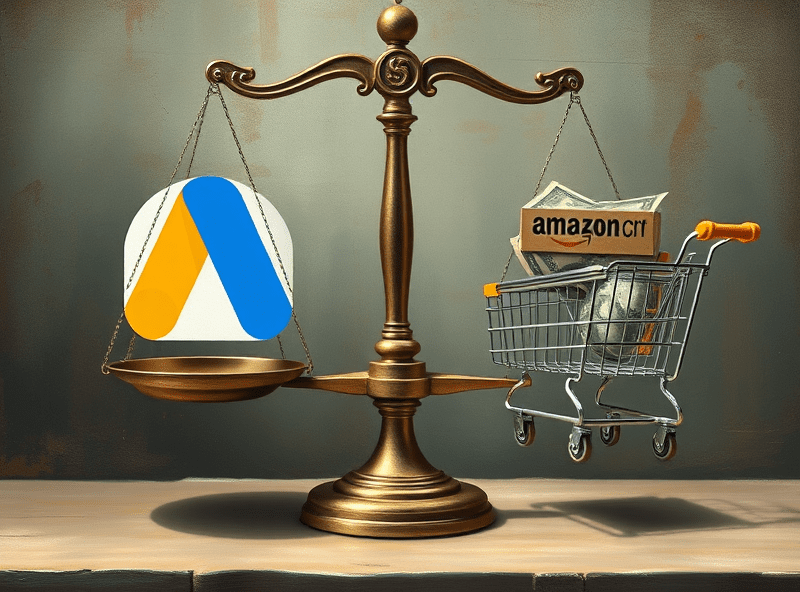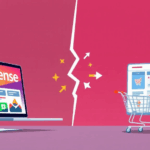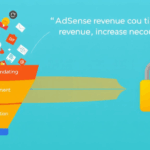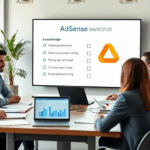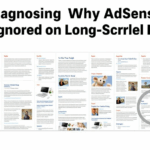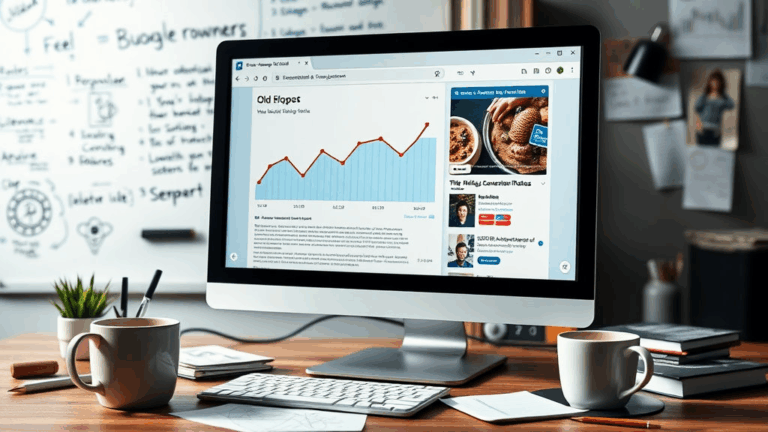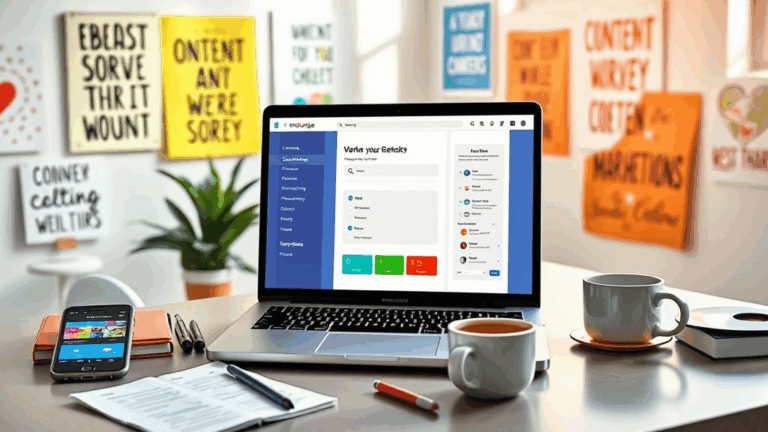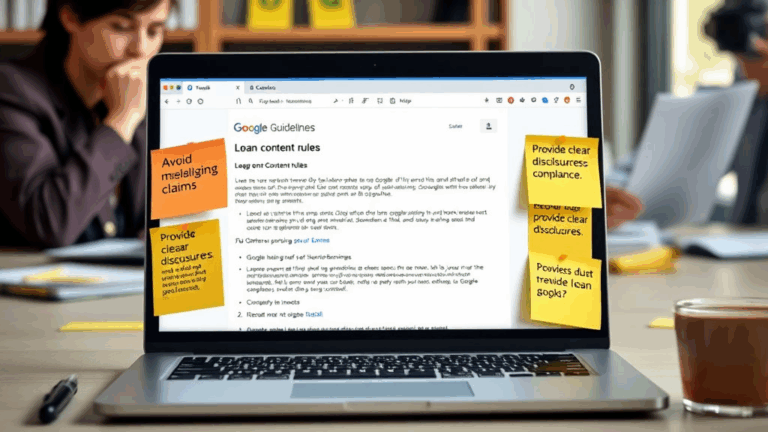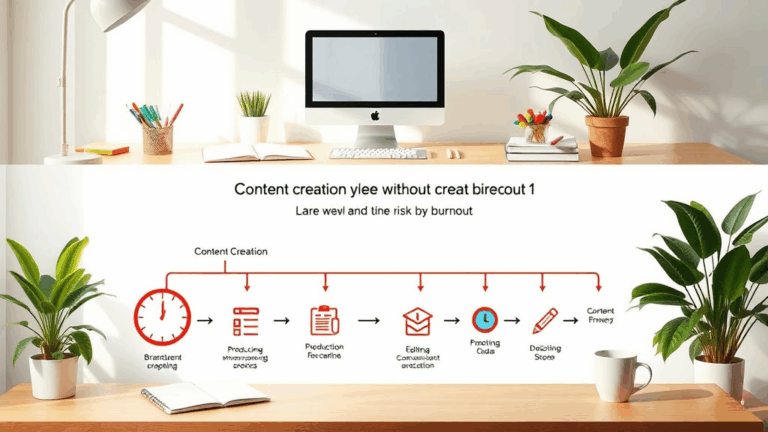Choosing Traffic Sources Based on AdSense vs Amazon ROI
Search vs Social Traffic: How They Convert Differently
For every one dollar I’ve made from a social post bringing someone to a review article, I’ve made somewhere around four from organic Google traffic landing on that same post a month later. Not because the content changed — same affiliate links, same layout — but because search people land with intent. Social folks scroll with impulse. That colors everything.
AdSense payouts tend to be higher with organic traffic too. Google seems to feel more confident showing high-value display ads when someone arrives via their own search engine. Reddit and Pinterest traffic? You’ll get display ads, sure, but the CPMs there feel allergic to effort. Like, you did all this work and made 27 cents?
If you’re comparing Amazon Associates and AdSense in a vacuum without factoring traffic source behavior, you’re already losing. Pinterest users often don’t even click product links — they save pins. TikTok bounce rates are a joke unless the link lands in something painfully direct (like /best-budget-camping-gear). Google traffic? They scroll, click, compare, and sometimes, finally bless you with that commission at 2 AM on Firefox Desktop.
Why AdSense Favors Long-Form Content (and Amazon Doesn’t)
There’s a weird disconnect here. AdSense rewards eyeballs + dwell time + multiple ad units. Longer content equals more ad placements and session duration, which usually leads to more ad revenue. Amazon, meanwhile, penalizes hesitation. You get a cookie, sure, but if they browse forever and come back through another affiliate (or don’t buy in 24 hours) — you’re out. Short, punchy CTA-forward content pushes conversion. Ironically, minimal pages with zero distractions often outperform fancy long reads on Amazon clicks.
I remember once embedding an Amazon carousel halfway down a 2,000-word SEO post. Crickets. Then I stripped the intro down to 100 words, slapped a “See our picks” link above the fold, and conversions doubled. Same affiliate links, same tracking ID. The only change? Less time for users to drift into the dopamine void.
“Every extra paragraph between a reader and your affiliate link is a chance for them to check WhatsApp.”
When Google AdSense Ads Tank Your Conversions
The first time I saw a mattress ad show up above my Amazon best-sleeping-bag links, I thought my targeting was off. It wasn’t. AdSense doesn’t care if that display ad slips in right before your affiliate button — if it loads faster and catches the eye, you lose the sale. Period.
There’s a very specific thing no one warns you about: display ads that mimic or visually dominate your layout elements will hijack your click-through narrative. Especially on mobile. If your Amazon buttons are styled in blue and suddenly a bright blue Samsung Galaxy ad loads directly above it — good luck. I now add deliberate padding before major affiliate blocks, just to give room for the eye to reset.
Tip: For affiliate-heavy pages, set up AdSense to exclude in-content native ads and avoid responsive display boxes near CTAs. Surrendering full layout control to Google is cute right up until you cannibalize your own income stream.
Staggered Conversion Funnels from Email vs Organic
Email lists convert differently, especially for Amazon. You don’t get credit unless the reader clicks your exact link, then makes a purchase within that 24-hour window (or session, depending on device quirks). Organic search traffic hits when people are already browsing. But email traffic? That’s you interrupting them hoping they’ll switch modes. Doesn’t always work, especially on mobile.
I once spent a week putting together a product highlights newsletter with AMP formatting, clever buttons, the works. Over 2,000 opens, and not one tracked Amazon purchase. Turned out the buttons were opening in their Gmail preview window browser — apparently not triggering fresh Amazon cookies. The moral is: preview-pane clicks suck for affiliate attribution. If it’s email, drive them to a warm-up post site-side before risking direct Amazon links.
Here’s what helped most:
- Create a dedicated site URL for newsletter traffic with extra visual cues
- Disable auto-formatting in Gmail mobile to force full browser opens
- Use UTM parameters unique to email for cookie path debugging
- Link to product comparison posts, not Amazon itself, where possible
- Time email sends for desktop > mobile hours (early afternoon worked best)
High-Intent Micro Pages vs Broad Topic Hubs
It took me too long to realize that my massive “Best Camping Gear” roundup was pulling traffic — but nothing was converting. People were browsing, glancing, maybe bookmarking. But my tiny post comparing two specific tents? That one made money. Like, actual dollars per visit.
AdSense loves the mega hubs. More ads, more scrolls. Amazon clicks? Not so much. High-intent micro pages, especially [product A vs product B] type content, do better at funneling someone with momentum straight to Amazon. That momentum window is tiny.
Undocumented edge case: If you use autogenerated comparison tables, make sure they trigger actual clicks. Some scripts (I’m looking at TablePress with lazy load) mess with onclick tracking. AdSense is fine with that. Amazon? Your commission disappears into the void — no tracking pixel fired, no cookie set.
Seasonal Traffic and Its Drunk Mood Swings
If your content spikes on Black Friday or Prime Day, get ready for irrational RPMs. I have one niche site where AdSense CPMs triple the week leading up to Prime Day, but Amazon revenue flatlines. Why? Banner blindness, probably — everyone’s online comparison shopping but no one’s committing. They’re jumping between 11 tabs. You might get the click, not the cookie.
Weirdly enough, AdSense tailwinds actually recover faster post-season. Amazon? You’re back to zero momentum. I had a “best power banks for travel” page that made next to nothing during its launch in April. By July, during the European travel surge, it spiked. The weird part? Amazon revenue was up but AdSense flatlined — possibly because travel gear doesn’t attract as many contextual ads as, say, electronics or finance content.
If your content rides a seasonal wave, avoid switching monetization strategies mid-surge — you won’t have time to debug what just broke.
Platform Quirks Between Mobile Web and AMP
You might already know that fast-loading AMP pages are still a thing for certain niches, but I’m going to mention something that bit me hard last year. AMP strips or throttles some JavaScript behaviors, and that includes certain Amazon banner widgets. They just silently fail. No console error, no fallback image — just gone.
Worse? AdSense will still inject AMP-specific ads, even if they distort layout or shift content into click-janky shapes. So I had a page where my top comparison carousel was fully functional on desktop and mobile… but in AMP view? Nothing. And AdSense had pushed a sticky anchor ad into that space instead.
Aha moment: If you’re using WordPress + AMP plugins, always test real device loads via Search Console’s URL Inspector — not the AMP preview button — because that button oftentimes doesn’t reflect what Search will cache.
Tag Conflicts, Consent Overlays, and the Mess That Is European Traffic
This one’s messy. I had a site routing decent traffic from Germany and France. Out of nowhere, AdSense tanked — revenue per session dropped by like 70%. It took three days and a lot of cookie consent debugging to realize something crucial: my CMP overlay was loading after my ad tag fired. Guess what that means under GDPR? Ad calls happened before consent. So, Google didn’t show anything useful.
Even worse, my Amazon clicks were dropping from this region too. Possibly because the overlay created a double-scroll layer — users were abandoning early. I now treat EU tags like a separate beast: pre-load everything, set up geotargeted consent tools, and run frequent Lighthouse audits with scripts from locations outside NA to spot things that local dev tools won’t catch.
Also, Amazon’s localization is… curious. French users clicking an English Amazon item get redirected — and your tag sometimes gets stripped. It’s inconsistent. And painful. And no, it’s not in any FAQ.
Why AdSense Optimization Tools Can Mislead You
Once you enable Auto Ads or let Google optimize placement, it will try to monetize every possible nook of your page — including between headers, inside list items, and occasionally right before your affiliate buttons. I watched my earnings double for one week… then Amazon commissions fell off a cliff. Turns out Google started dropping a sticky footer ad seconds before my product tables. Goodbye CTR, hello distraction.
What finally made it click: the page wasn’t worse, it was too good. Google’s optimizing for itself, not for your ecosystem. Ads that boost RPM can kill affiliate flow. There’s no toggle to say “prioritize affiliate ROI over AdSense.” So you have to manually balance the two.
Now I run two versions of key pages — one for AdSense weight, one for affiliate-heavy clean layouts — and run an origin experiment via Cloudflare Workers. It’s janky. But I can at least compare week over week whether Google’s playing nice, or just eating the cookie jar while I’m not looking.
